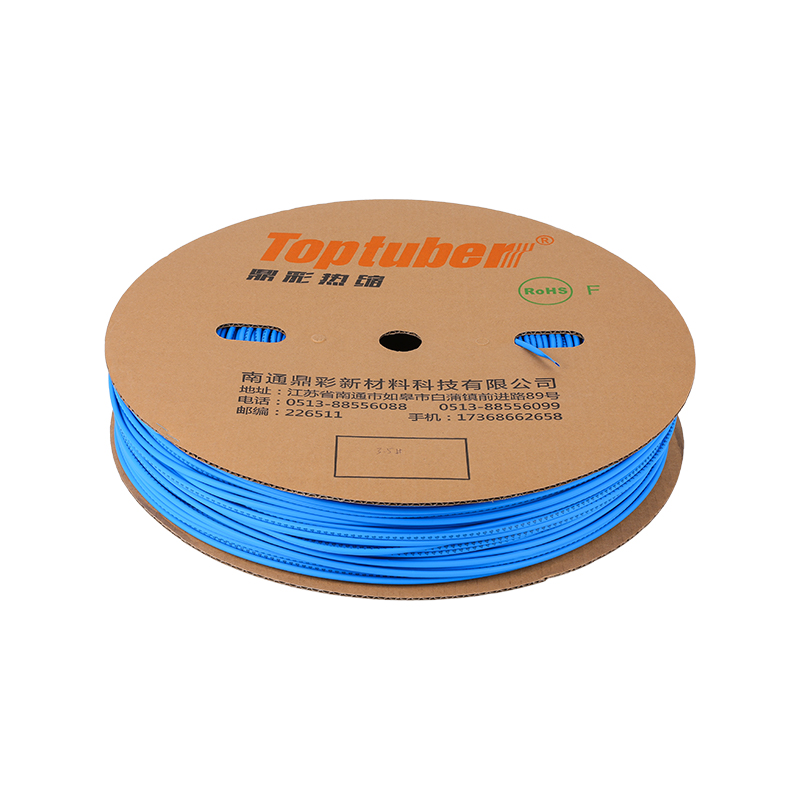UV resistance and mechanical strength are important characteristics to consider when evaluating
flame retardant heat shrinkable tubing for specific applications. Here's a closer look at these aspects:
UV Resistance:
UV resistance refers to the tubing's ability to withstand prolonged exposure to ultraviolet (UV) radiation from sunlight without undergoing significant degradation or deterioration. UV rays can cause materials to become brittle, crack, fade in color, and lose their mechanical properties over time. Flame retardant heat shrinkable tubing that will be used in outdoor or sunlight-exposed environments should ideally possess good UV resistance.
Key considerations for UV resistance in flame retardant heat shrinkable tubing include:
Material Formulation: Some formulations of flame retardant tubing are designed with UV stabilizers that help protect the material from the damaging effects of UV radiation.
Color Stability: UV-resistant tubing should maintain its color integrity over time, which is particularly important for applications that rely on color coding for identification.

Mechanical Strength:
Mechanical strength refers to the tubing's ability to resist deformation, stretching, tearing, or breaking when subjected to mechanical forces or stresses. Flame retardant heat shrinkable tubing should not only offer fire protection but also provide robust physical protection for enclosed components.
Key considerations for mechanical strength in flame retardant heat shrinkable tubing include:
Tensile Strength: Tensile strength measures the tubing's ability to withstand pulling or stretching forces without breaking. A higher tensile strength indicates greater durability and resistance to mechanical stress.
Abrasion Resistance: The tubing should be resistant to abrasion, which can occur due to friction or contact with other surfaces.
Flexibility: While being mechanically strong, the tubing should also remain flexible to accommodate bending or movement without cracking or breaking.
Impact Resistance: The tubing should be able to absorb and distribute impacts without compromising its integrity.
When evaluating flame retardant heat shrinkable tubing, it's important to consider the specific requirements of the application. For example, if the tubing will be exposed to outdoor conditions with significant UV exposure, selecting a UV-resistant option is crucial to maintaining long-term performance. Similarly, assessing the mechanical strength of the tubing is vital to ensure it can effectively protect enclosed components from both physical and thermal hazards.


